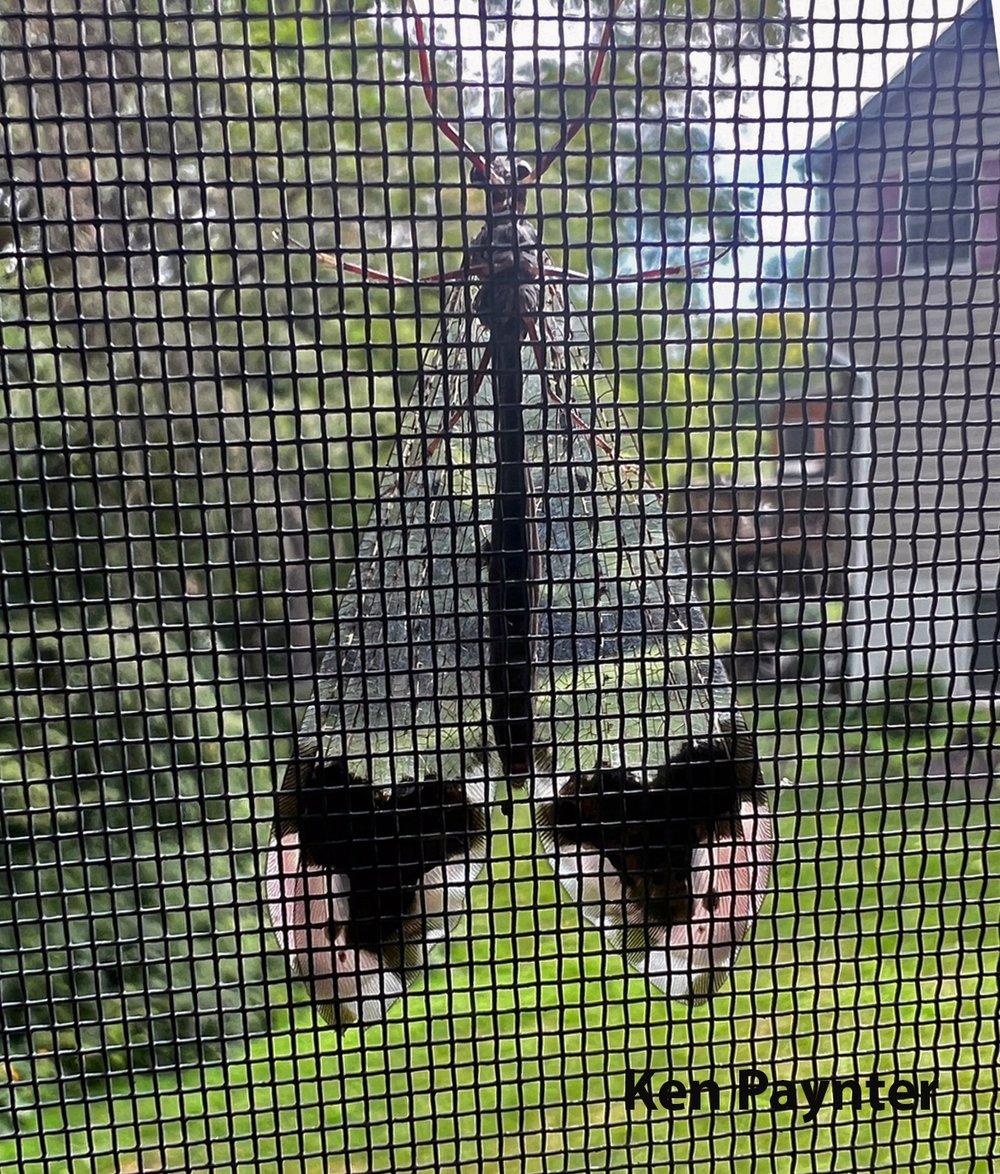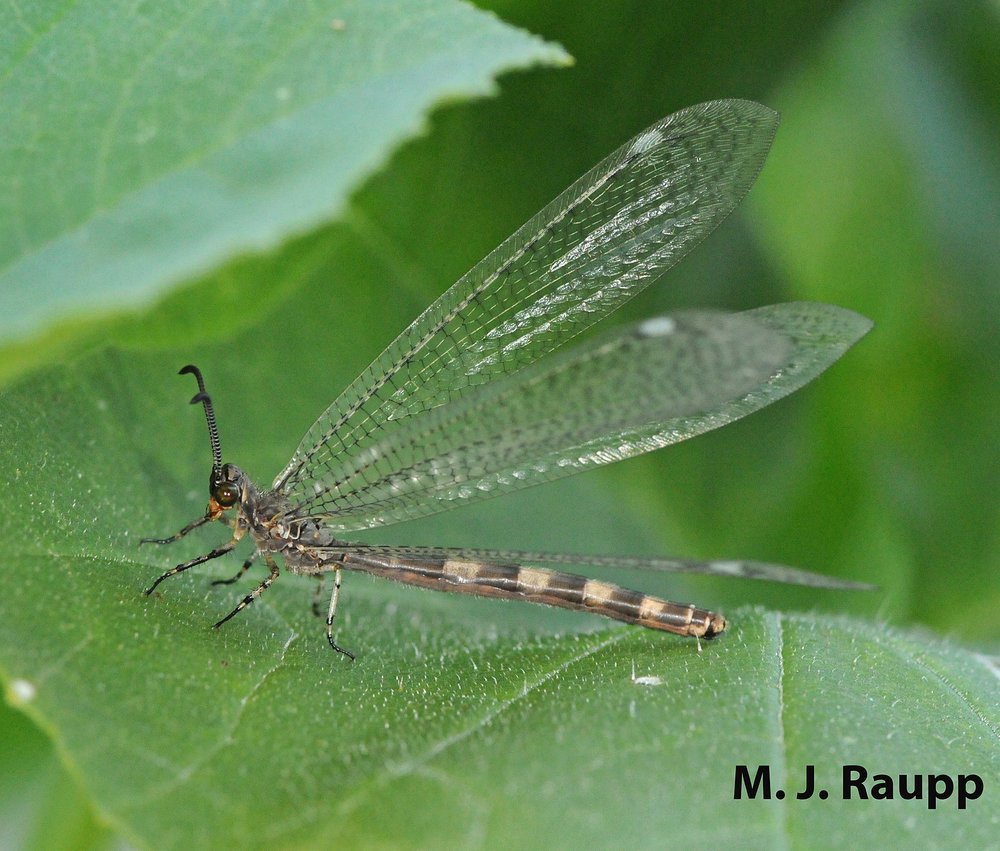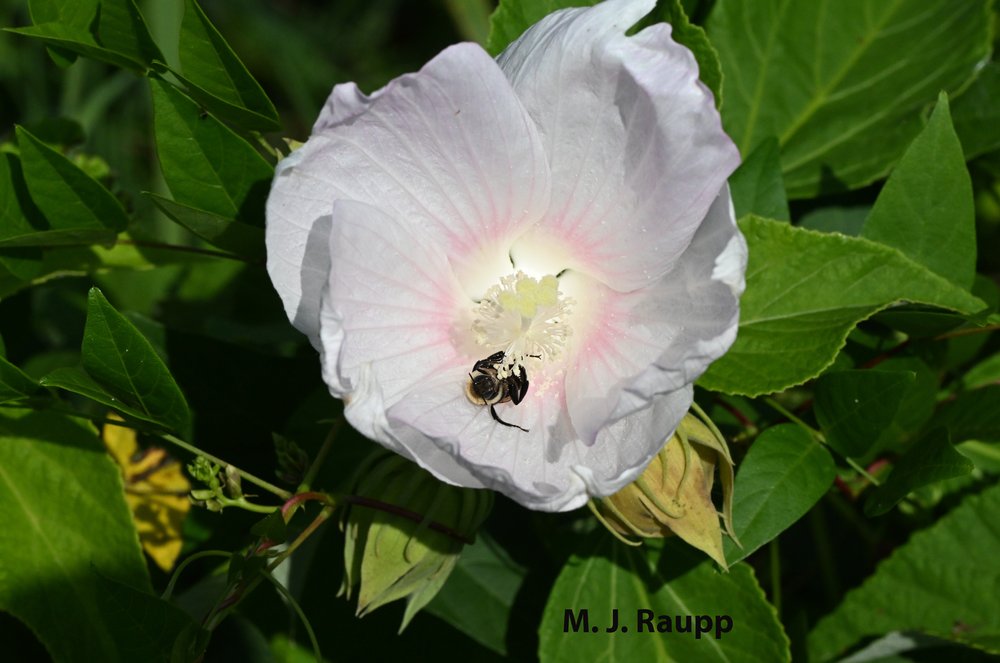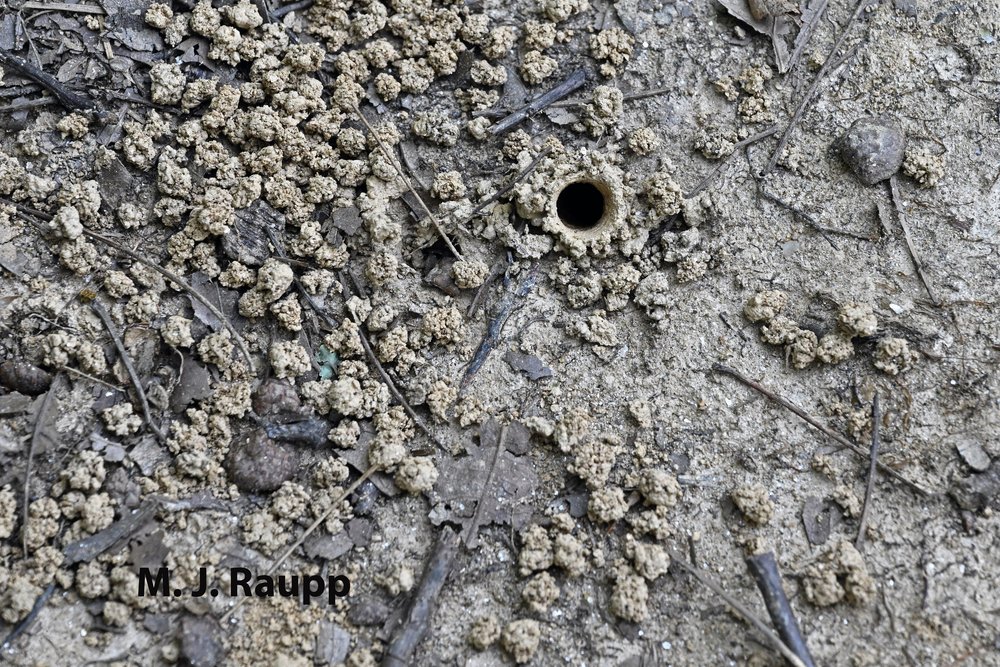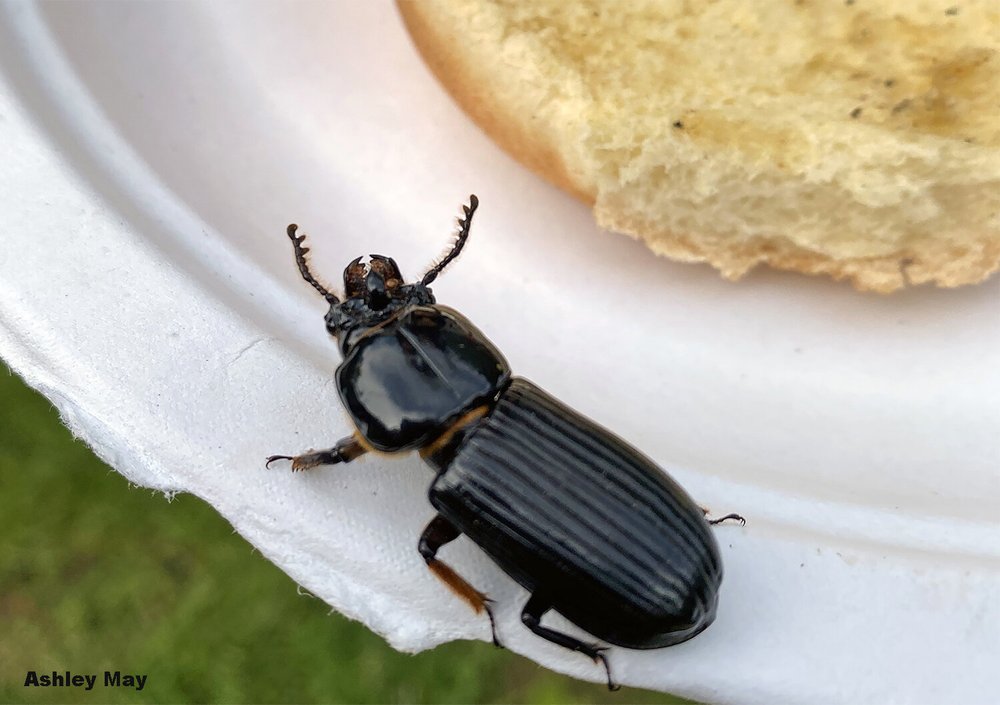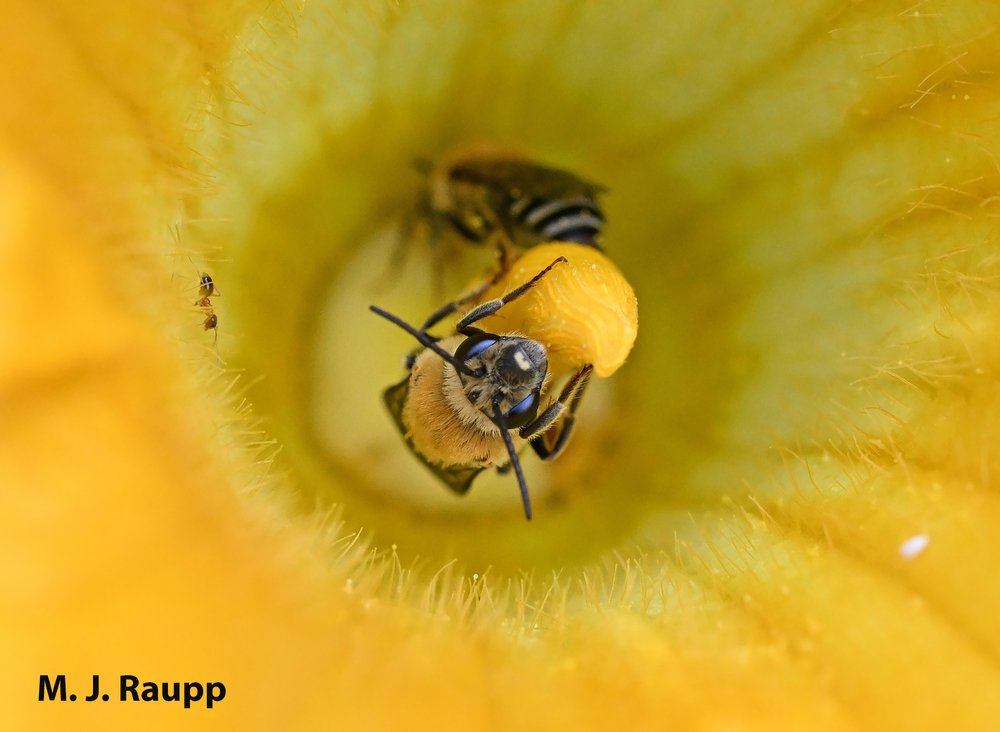Detecting Bats in Your Home — Signs and Solutions
Have you ever watched a bat fly in the evening sky? It can be a mesmerizing sight. Even better, when you have bats on your property, you can rest assured that you have one of nature’s best pest solutions working for you. Bats eat thousands of insects, including pesky mosquitoes, every night, and they contribute to a thriving ecosystem.
These often misunderstood creatures belong to the family Chiroptera. Translated from Greek, the word means “hand-wing.” This is a nod to these flying mammals’ wing structure, which consists of a membrane that stretches over the bats’ arms and fingers.
Although they play a pivotal role in maintaining outdoor spaces and pollinating plants, bats can turn into a serious problem when they end up in the attic. Explore the different signs of a bat infestation and what you should do if you suspect you have a colony anywhere in your home.
Introduction to Bats in the Home
Bats move indoors for many of the same reasons that other nuisance wildlife move inside — food, warmth, and safety. Manmade structures, which include homes, garages, and outbuildings, among other structures, provide shelter for bats to roost. They also provide a safe spot away from predators for bats to raise their pups.
Understanding the Importance of Bats
What would the world be like without bats? For one thing, humanity would lose a critical source of natural pest control, seed dispersal, and pollination. These often-feared animals save the agricultural industry $1 billion in annual pesticide costs and crop damage in the U.S., according to the U.S. Fish & Wildlife Service. They save another estimated $3 billion with the sheer volume of insects they eat that could otherwise harm crops. Bats also play a pivotal role in dispersing seeds and pollinating various plants, including agave, peaches, and bananas.
Why Bats May Choose Your Home
Opportunity and accidental ventures are often the reasons bats end up inside homes. These tiny animals can fit through small openings. When it’s time to find shelter, they will inevitably exploit available spots that give them easy indoor-outdoor access. They may also simply fly in through open doors and windows and accidentally end up where they don’t belong.
Identifying Signs of Bat Presence
Bats are nocturnal and typically most active at dusk and for a few hours after dusk. After feeding, they often return to their roosts to sleep. Under the cover of darkness, they may be challenging to spot, but once you know about the signs of a bat infestation, you may be better equipped to identify (and potentially fix) the situation.
Noises: What Sounds Do Bats Make?
In the 1940s, Donald R. Griffin discovered that bats make ultrasonic sounds to aid with navigation and locating their prey. However, those aren’t the only noises they make. Some of the sounds you might hear include clicking, buzzing, and purring.
Droppings: Recognizing Bat Guano
Bat droppings will often build up in piles beneath the roosting area and their entry/exit points. They look a lot like mouse droppings and are small and dark-colored. However, bat droppings are segmented6 and crumble when rolled between pieces of tissue or paper towels.


Visual Signs: Spotting Bats and Their Entry Points
If you see bats flying around outside between sunset and sunrise, it’s not a sure sign that bats are inside your home. However, it does increase the potential for invasion. Check for scratches on walls and stains near entry points like the roof, walls, and siding.
Common Bat Habitats Within Human Dwellings
Bats can enter openings as small as a half inch in size. Once inside, they often seek dark, quiet spots. Where they end up inside your home may also depend on how they entered, but some of the most common areas include attics, walls, and crawl spaces.
Attics as Prime Bat Habitats
Attics are typically warm and quiet, with minimal human traffic. Dark and confined, these areas are similar to bats’ natural roosting spots, such as caves, which adds to their allure.
Bats in Walls and Crawl Spaces
Another popular roosting area for bats is in structural voids. These spaces lie between the exterior of the building and the interior spaces. They allow bats to remain cozy and unnoticed until someone spots a sign of bat activity.
Other Uncommon but Possible Nesting Areas
Roof voids, behind shutters, inside soffits, and in window dormers are just a few other spots that bats could nest. Other possible sites include inside ridge and gable vents, siding, and chimneys.
Preventative Measures to Secure Your Home
As with other pests, taking a proactive approach is the best way to achieve peace of mind. Additionally, it can save you time and money down the road while keeping your home and everyone in it safe from bats and other wildlife. Wondering how to keep bats out of the attic? Check out some preventative strategies you can implement today.
Sealing Entry Points
Bats can fly right through doors and windows. They can also squeeze through openings from the exterior to the interior, including gaps, cracks, and holes around pipes and utility lines. They can also enter through vents and chimneys. Sealing these areas up and closing holes and gaps with caulk can help prevent bats and other pests from coming into your home. Since bats are federally protected, we strongly discourage anyone from trying to seal bats out themselves. Without training and licensing, homeowners could kill these beneficial animals as well as put themselves at risk of encountering live bats or their guano.
Another option is installing a rodent and wildlife exclusion system. Cat-Guard is a three-part system that features rigid barriers that can be used alone or together to provide safe, humane, long-term pest prevention. Catseye Pest Control doesn’t harm the animals and we seal the structure and safely/humanely evict them during the times of year that will not interfere with their birthing or hybernating patterns
Environmental Modifications to Discourage Bats
Making your home less attractive as a potential nesting site can aid in both prevention and control. Installing flashing and screening over chimneys, vents, and openings can help prevent bats from entering. Other modifications to consider include the following:
- Swap out the light bulbs you use outdoors for warm-toned LED bulbs and yellow “bug lights” to reduce the attraction for insects.
- Trim shrubs and tree limbs away from the exterior of your home to prevent easy access.
- Remove possible food sources, including compost and improperly stored garbage, both of which can attract insects.
- Reduce exterior clutter.
- Maintain a well-lit exterior to repel these darkness-loving animals.
Ongoing Monitoring and Maintenance
Monitoring the situation and regularly performing necessary repairs to prevent easy access for bats can help provide ongoing control. Routine inspections can also alert you to potential intrusions before bats have a chance to set up their nests.
Professional Help and Its Importance
Bat removal isn’t a DIY project. You can try opening doors and windows to allow them to fly out, but how will you know they didn’t leave their young behind? Bats are protected by many federal and state regulations that govern how and when you can evict these ecologically important mammals.
Benefits of Hiring a Bat Removal Specialist
Bats pose a safety risk for humans and pets. Contact with their droppings could expose you to histoplasmosis, a serious respiratory disease. Additionally, a bite or scratch could potentially transmit rabies, which underscores the importance of professional bat control.
Allowing experts to take the lead removes the risk to you and your family. Additionally, bat removal specialists have the training and equipment to safely and effectively perform bat removal, disinfection, cleanup, and exclusion.
Finally, professionals understand federal, state, and local regulations. Working with bat removal specialists ensures you achieve peace of mind, restore your home, and comply with all legal ordinances.
What to Expect During Professional Bat Removal
Professionals will begin by inspecting the property and identifying where bats are roosting, how and where they are entering the premises, and the type of bats inhabiting your home. Using that information, licensed and certified technicians will create a plan. Each customized treatment plan outlines strategies to remove the bats and prevent them from returning while complying with all regulations and protections.
Timing matters, as well. From May through June and from August on, technicians can seal the area bats inhabit and install an excluder. This funnel-shaped device lets bats exit but prevents them from returning. Once all bats have been evicted, technicians remove the device and seal the entry point.
However, in June and July, when bats have babies and raise their young, technicians won’t be able to perform any exclusion or removal.
Ensuring Complete Removal and Cleaning
When you rely on reputable professionals, you can rest assured that all bats will be evicted safely. Likewise, wildlife cleanup services will clean and disinfect all affected areas, leaving them pristine and safe for you and other inhabitants to explore.
Contact Catseye Pest Control for Professional, Humane Bat Control
Dealing with bats in the attic, crawl space, walls, or any other area of your home can pose a real challenge. Not only can it be a nuisance, but bats could also pose a health threat. Additionally, they are protected species, requiring careful removal and handling. Catseye has decades of expertise and knows how to handle bat removal using legal, safe, and humane methods. Technicians can walk you through preventative measures and aid in exclusion to keep your home bat-free for good.
Contact Catseye today to learn more or to schedule a free inspection.
The post Detecting Bats in Your Home — Signs and Solutions appeared first on Catseye Pest Control.
This article appeared first on Catseye Pest


